Camera: the lens.
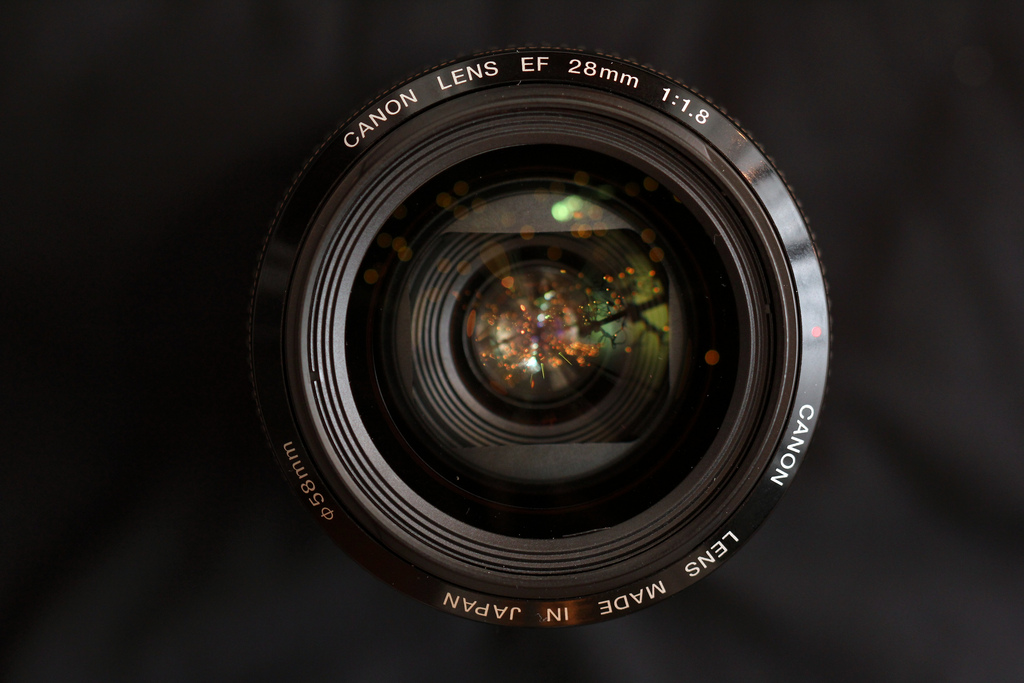
Lens is a generic term for an optical device capable of collecting and reproducing an image.
The lenses of cameras and digital cameras consist of a series of lenses which have the task of concentrating light on the focal plane and on the sensor (before digital it was film). These lenses are made of glass with a high refractive index and undergo special treatments to minimize reflections and chromatic aberrations.
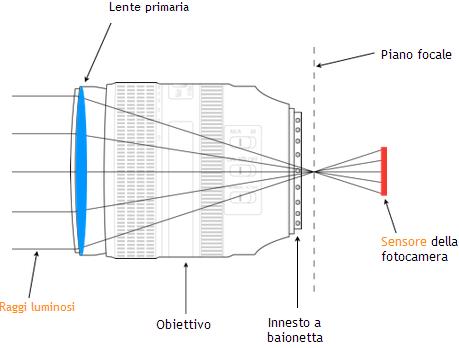
The lenses move along the optical axis of the lens both during focusing and when we change the focal length or when we "close" or "remove" the subject to be photographed (zoom lenses).
Inside the lens, between the lens and the sensor, is the diaphragm, a fundamental part of a lens. This device, made up of several metal blades, can open or close to varying degrees, regulating the amount of light that enters our camera. (We will see this better in the next lessons).

In all the latest generation lenses there is also an autofocus system that allows automatic focus thanks to an electric motor capable of moving the lenses in an extremely precise manner.
Furthermore, in the more expensive lenses, it is also possible to find the image stabilizer. This system allows the acquisition of images without the shaking created by our hand or our breath. It works through a mechanical system with a gyroscope that moves the lenses according to the involuntary movements of our hand, counterbalancing the movement. It follows that the image will be sharper and less blurry than an image taken without the stabilizer. The downside to this system is that, being extremely complex, it will usually drive up the cost of the lens.
Main features
It often happens that you find yourself in difficulty when you are faced with an advertisement for a lens due to the simple fact that in addition to the brand, you can read acronyms that are not always clear. (example Canon 70-300mm F4-5.6 IS USM)
No problem, these abbreviations summarize the main characteristics of the lens, let's see them together:
focal length
One of the main features to consider when buying a lens is the focal length. This length, expressed in millimeters, is the distance between the optical center of the lens (usually near the diaphragm) and the focal plane.
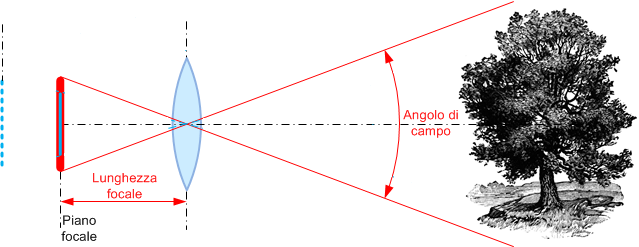
The focal distance directly affects the angle of view (measured in degrees) which is our angle of view when looking through the viewfinder. Focal length is inversely proportional to angle of view.
With a reduced focal length we will speak of a wide angle lens with a high angle of view, on the contrary with a high focal length we will have a reduced angle of view (telephoto lenses).
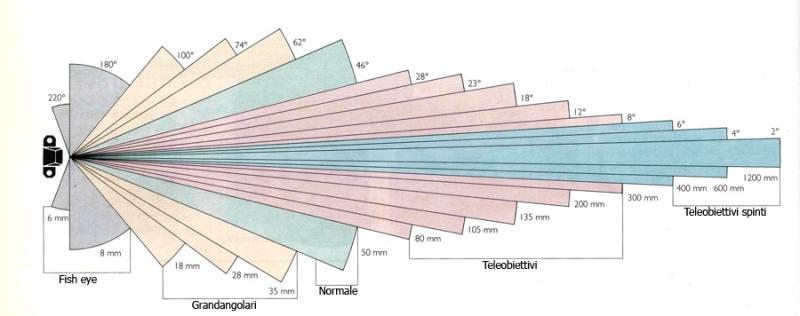
On the market we can find zoom lenses and fixed focal length lenses. Zooms differ from those with a fixed focal length because they allow you to "close" or "remove" the subject to be photographed, thus changing the focal length.
Taking the example above with the Canon 70-300mm F4-5.6 IS USM lens it will mean that I will be able to vary the focal length from a minimum of 70mm up to a maximum of 300mm.
Maximum opening
The aperture, which we will discuss in more detail in future articles, indicates the size of the aperture of the diaphragm placed inside the lens during shooting. This opening is measured using a particular unit of measurement and is indicated by the letter "F" followed by a number. The lower this number is, the brighter the lens will be.
A very wide aperture (therefore with a low "F") allows for a pleasant out-of-focus effect and, by allowing more light to pass through, allows for shorter shutter speeds with the consequent lower possibility of having a blurry shot.
The maximum aperture of a lens is therefore a fundamental parameter to take into consideration.
Most zoom lenses have 2 maximum aperture values. These values indicate the maximum aperture value at each end of the focal length. Taking the example of a Canon 70-300mm F4-5.6 lens, this means that at 70mm we will have a maximum aperture of F4 while at 300mm the maximum aperture will be F5.6.
Note that these lenses become less bright as we "get closer" to our subject to photograph. Therefore, lenses that have a FIXED maximum aperture at both the minimum and maximum focal lengths are preferable. Obviously, needless to say, these lenses are much more expensive!
Types of goals
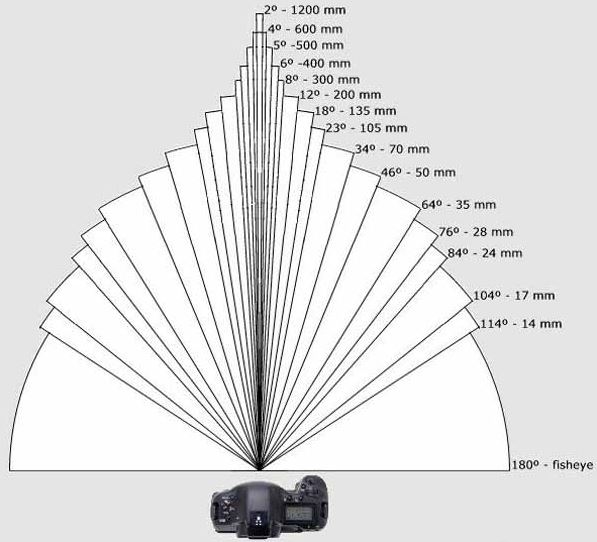
Wide angle
The wide-angle lens is suitable for landscape and architectural photography, has a short focal length (less than 35mm) and consequently a very wide angle of view.
This allows us to take pictures even from very close to our subject. In addition to landscape photos where we have the possibility of including a large part of the landscape that we are facing, it is particularly recommended in historic centers where the shooting space is always very limited. But try photographing a face up close at 18mm or less, you'll enjoy it!
Standard zoom
A standard (also called “normal”) lens is a lens with a focal length around 50mm. It is so called because it is very close to the visual opening of our eyes. Generally, however, a lens with a focal length ranging from 35mm up to 70mm can also be considered "normal".
It is the first lens that a beginner should buy, it is used for everyday photos, they are widely used in street photography , because they reinforce the impression of being inside the scene. Many use them successfully even for portraits . In general, they are extremely versatile..
Telephoto
A telephoto lens has a focal length that starts at 70mm and up. It has a very small angle of view and therefore allows you to "close" the subject you are photographing.
It is often used for portrait photos or nature photos (distant and unapproachable animals). It is also recommended for immortalizing sporting events. Photos of very distant objects require really, really long focal lengths (400, 500, 600 millimeters…).
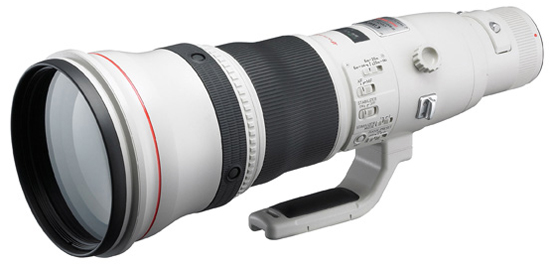
Macros
A macro lens allows for very close-up framing of the subject at a ratio of 1:1 (or greater). It is very useful for photographing dew drops, flowers and insects in general. It allows you to create high-impact images by making details clearly visible that would normally be difficult to see with the naked eye.
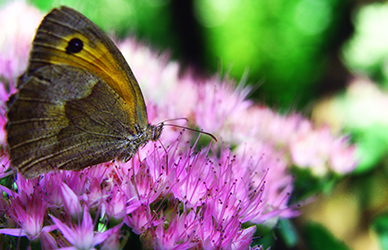

Decentrable
The shiftable lens is a very particular and little-known lens. It allows you to make perspective corrections thanks to the control of converging verticals. It is mainly used for architectural photos.
Fisheye
The fisheye lens (fish eye) is an extreme wide angle that has an angle of view that hardly falls below 180°. Unlike wide-angle lenses, this type of lens always provides a distorted image by projecting a circular image onto the sensor.
It is recommended for those who want to obtain creative and extremely particular photos.
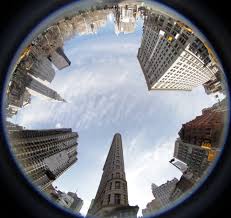
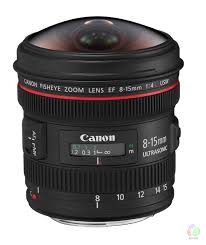
Some considerations on focal length
One last important thing to know about focal length is that lenses can span a range of focal lengths or have a single focal length . In the first case we speak of zoom lenses, in the second of fixed focal length lenses.
Using a fixed focal length lens forces the photographer to "zoom with his feet", as the camera cannot do it for him. But then why should I buy a fixed focal length lens?
The reasons are many. Among the most important, the fact that fixed focal lenses often allow sharper photos , essentially because they are "simpler". Also, fixed focal length lenses can have a maximum aperture that zooms are not able to reach and this can be a big advantage.
When you subscribe to the blog, we will send you an e-mail when there are new updates on the site so you wouldn't miss them.
By accepting you will be accessing a service provided by a third-party external to https://www.insightadv.it/


































































Comments